Even though we managed to check out the ZenFone Zoom (behind a barricade though) at Mobile World Congress last year, the smartphone has been in development for so long that I seriously believe that it will not see the light of the day. As it turned out, I was wrong as ASUS finally released the device into the market starting in Taiwan last month and followed by Malaysia towards the end of January 2016.
In terms of design, the ZenFone Zoom followed the footsteps of many photography-oriented smartphones that were released before it such as Nokia Lumia 1020 and Lenovo Vibe Shot. By that, I mean that users should be able to notice the main purpose of the smartphone just from its physical design as it is hard to ignore the huge camera module that is located at the back of ZenFone Zoom.
Furthermore, the ZenFone Zoom also features separate dedicated buttons for photo taking and video recording. It seems like the designers at ASUS have made sure that the device’s focus on photography is highlighted as much as possible.
Within the highly visible camera module, lies a 13-megapixels sensor that has been paired with a special 10-elements lens by Hoya and dual stepper motors which allows ASUS to integrate 3x optical zoom capability into the phone. ASUS has also implemented laser auto-focus system, optical image stabilization, and dual LED flash to further help ZenFone Zoom reach its objective as a competent photography-oriented smartphone.
Meanwhile, there’s also a 5-megapixel wide-angle camera with f/2.0 lens on its front. At the same time, ASUS continue to utilize its own PixelMaster software for both cameras which provides them with plenty of modes for users to check out including manual control and the 52-megapixels Super Resolution mode.
As far as my first brief experience goes with ZenFone Zoom’s rear camera, its laser auto-focus system works really fast although that doesn’t guarantee that the resulting photos would be in focus all the time. At the same time, close-up shots (without zooming) looked rather alright and its 3x optical zoom worked without a hitch as well although unsurprisingly, it is still affected by shaking to certain degree especially in low light scenarios despite having OIS.
In general, the quality of images generated by ZenFone Zoom seem convincing for a smartphone but we’ll reserve the verdict until we able to get our hands on a retail unit. Furthermore, ASUS didn’t reveal to us whether the ZenFone Zoom on display at its launch event were retail or prototype units. Nevertheless, here are some photo samples that we have snapped using the phone at the event:
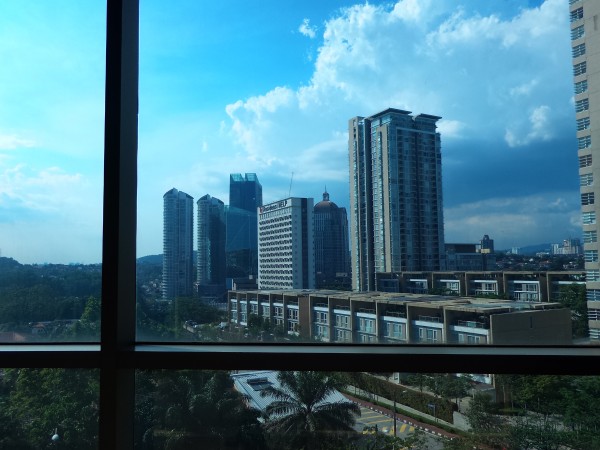
Main camera / 13-megapixels / Auto Mode / No flash / No zoom. Note: the blueish tint might be due to the tinted window.

Main camera / 13-megapixels / Auto Mode / No flash / 3x optical zoom. Note: the blueish tint might be due to the tinted window.
As for other hardware elements within the smartphone, the 5.5-inch full HD IPS display that ASUS has chosen to equip into ZenFone Zoom is quite bright and has crisp output. While a quick hands-on session is not enough to fully judge the performance of the Intel Atom-powered smartphone, it does feel rather swift with no noticeable lag.
Physically, the huge camera module might have made it look slightly bulky but ZenFone Zoom still feels quite comfortable in my hand. The build quality of the device seemed good as well especially with its metallic aluminum frame that is accented further by the high quality leather back cover.
With a price tag of RM 2,099, the ZenFone Zoom is certainly the most premium ZenFone device to date. ASUS most likely will have a tough job to convince consumers to get their hands on ZenFone Zoom given the huge price gap between it and other ZenFone models but at the very least, ZenFone Zoom is noticeably different.
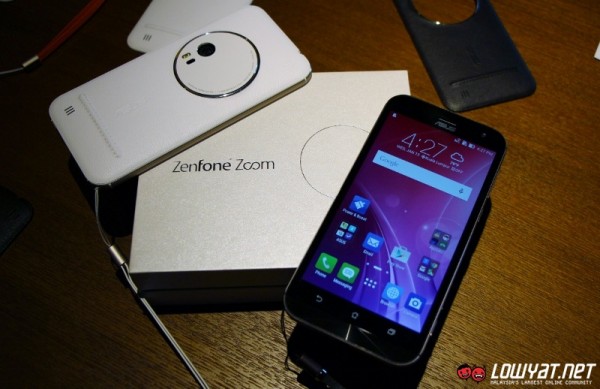
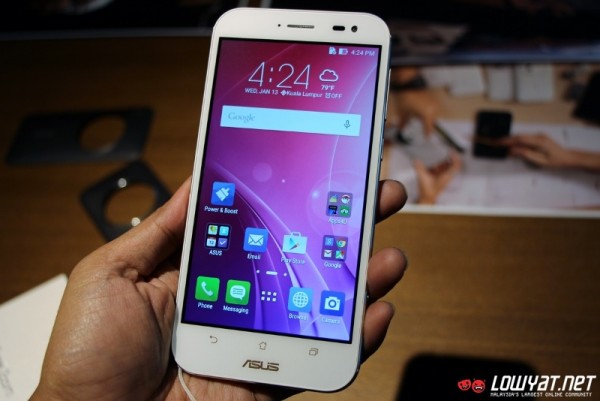
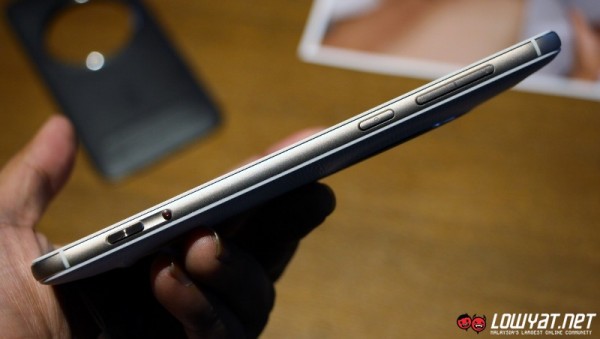
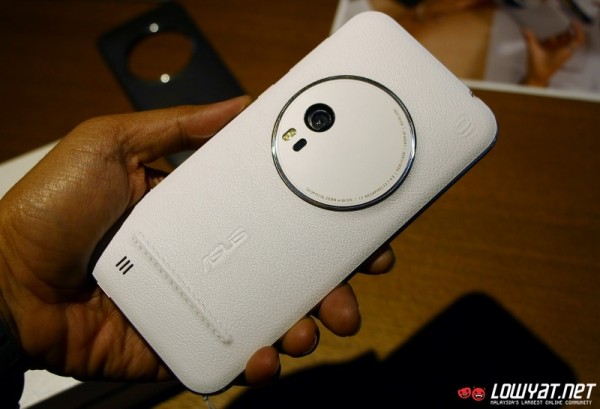
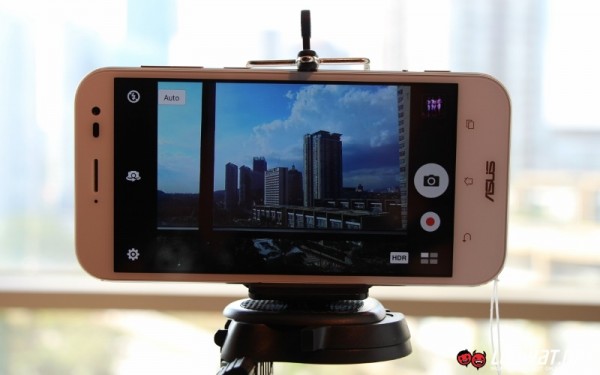

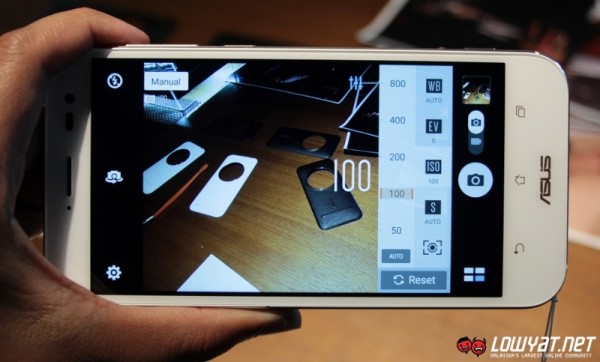
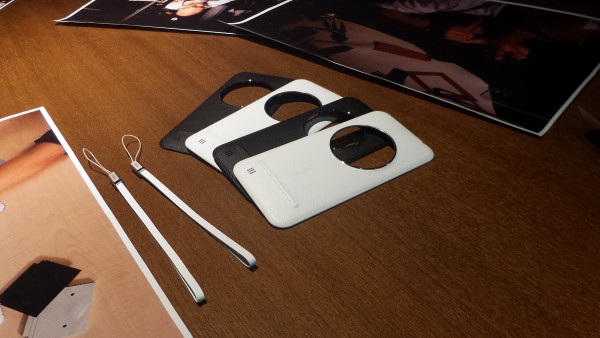



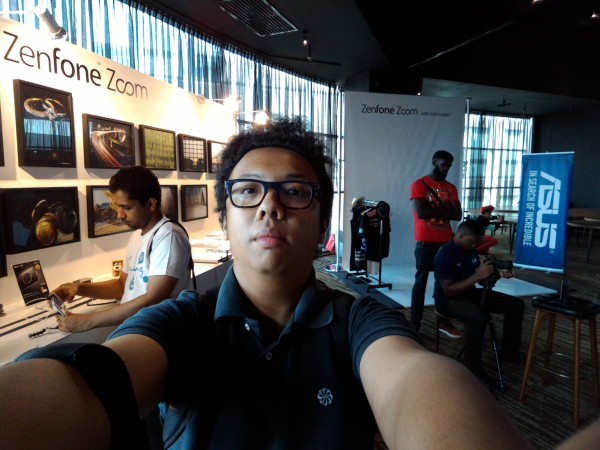
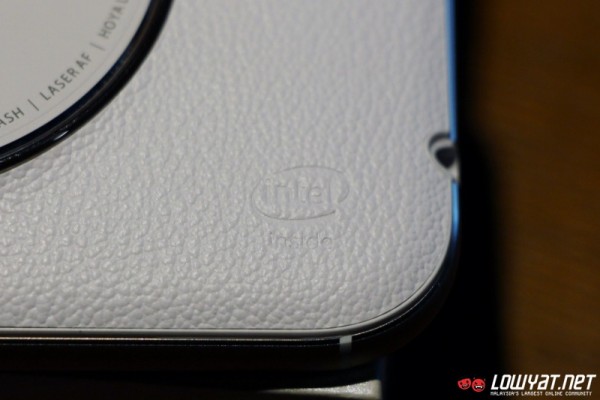
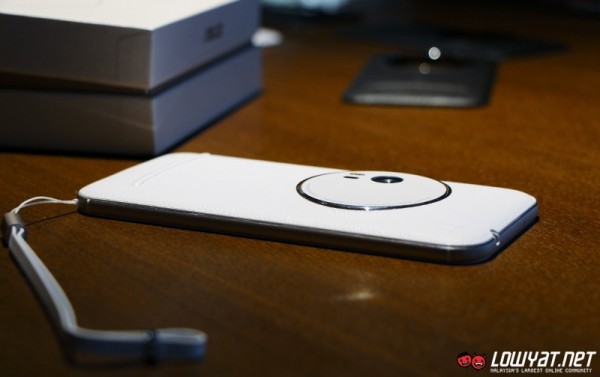




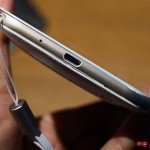

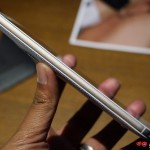
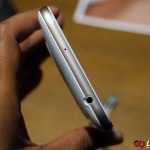

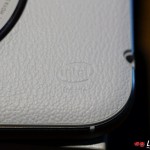
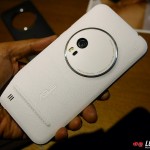









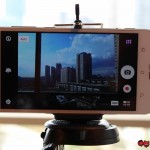
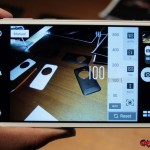

No comments:
Post a Comment